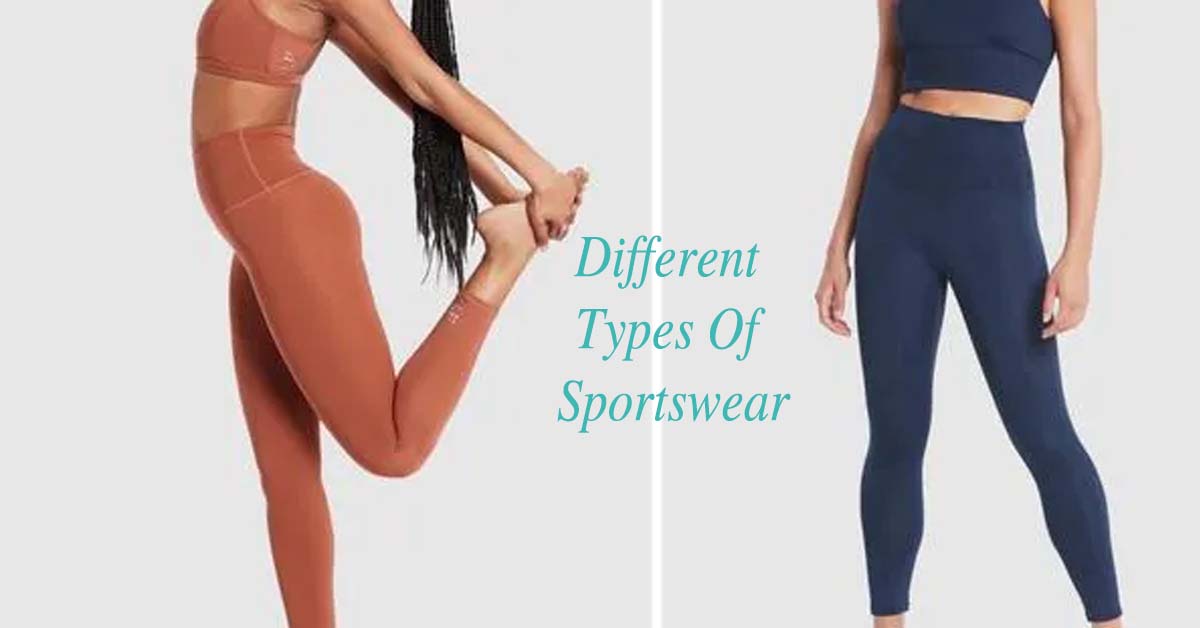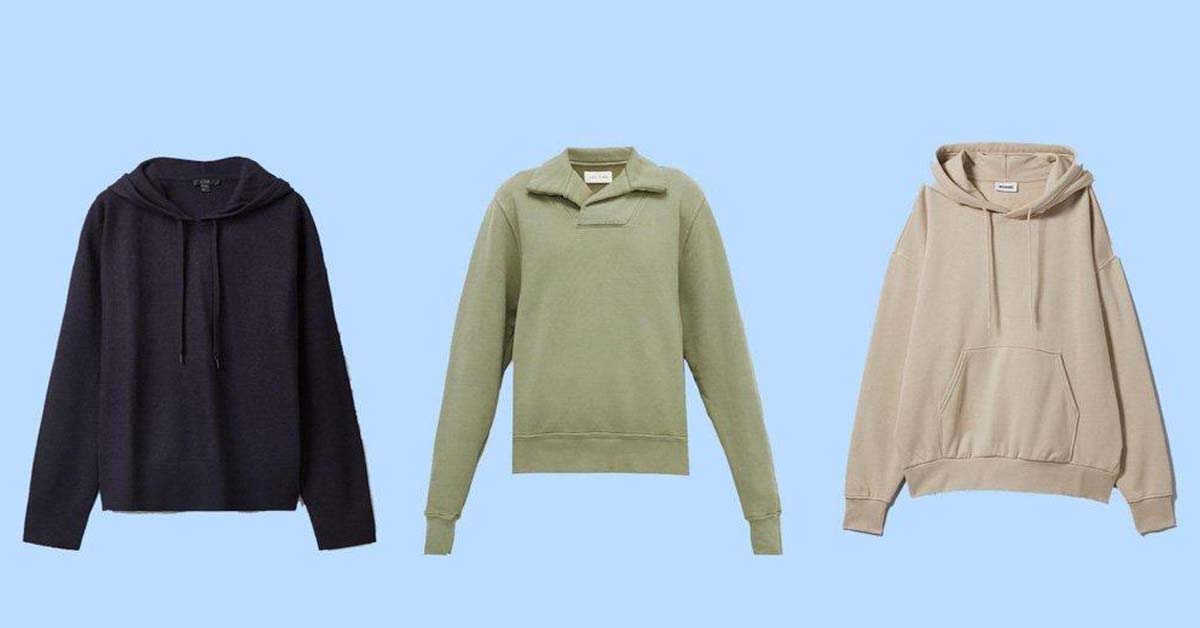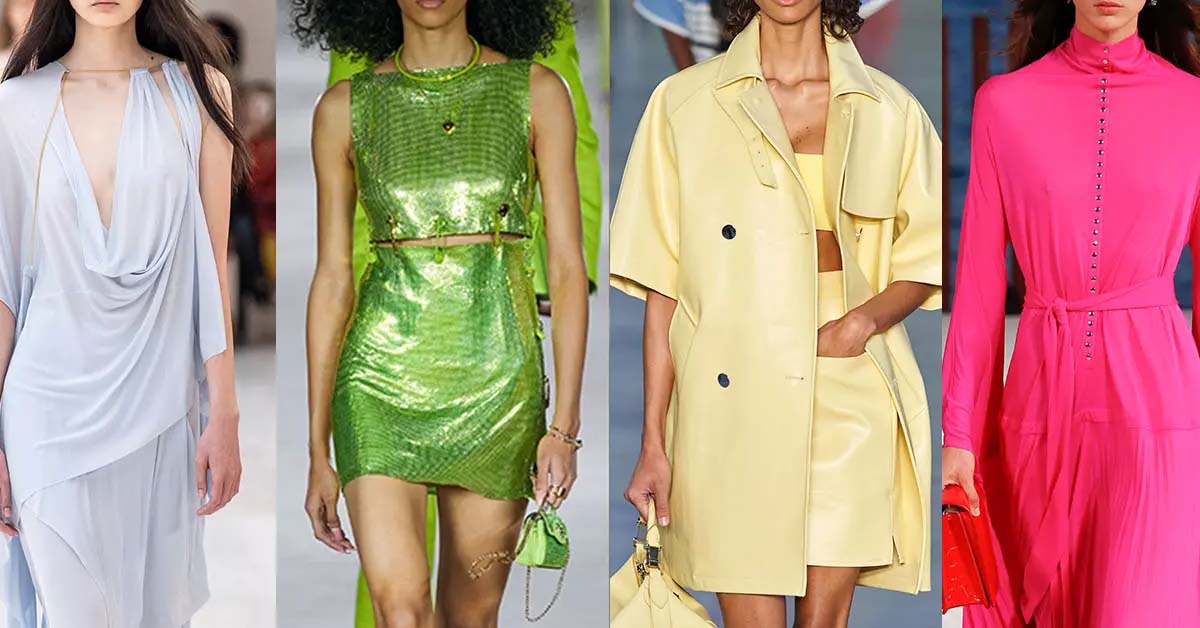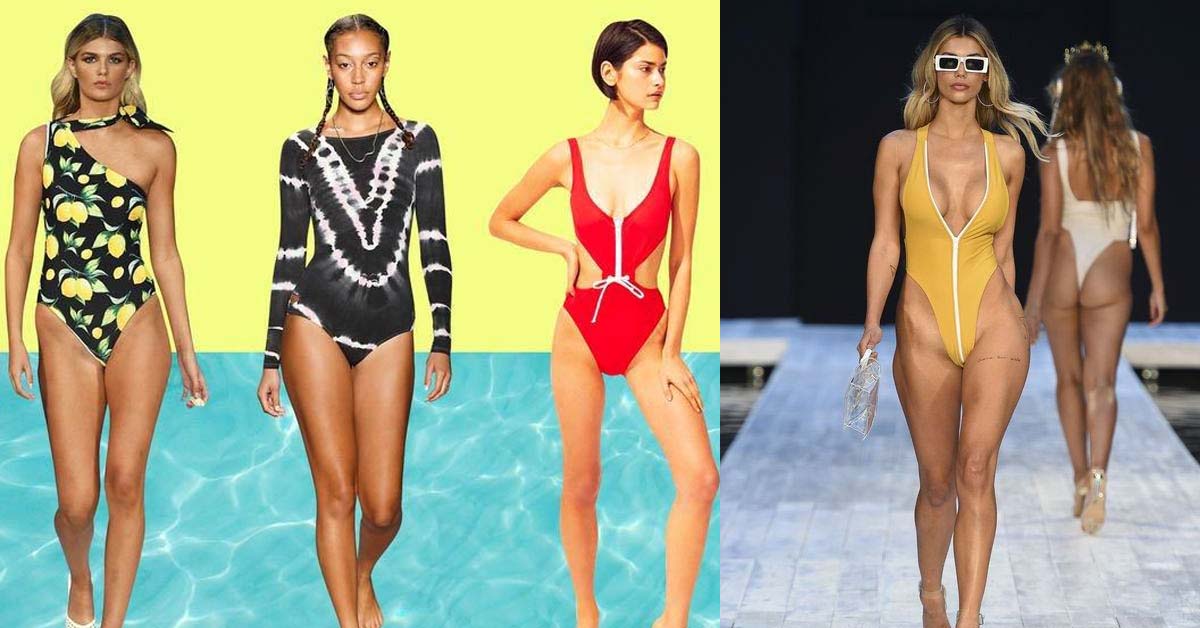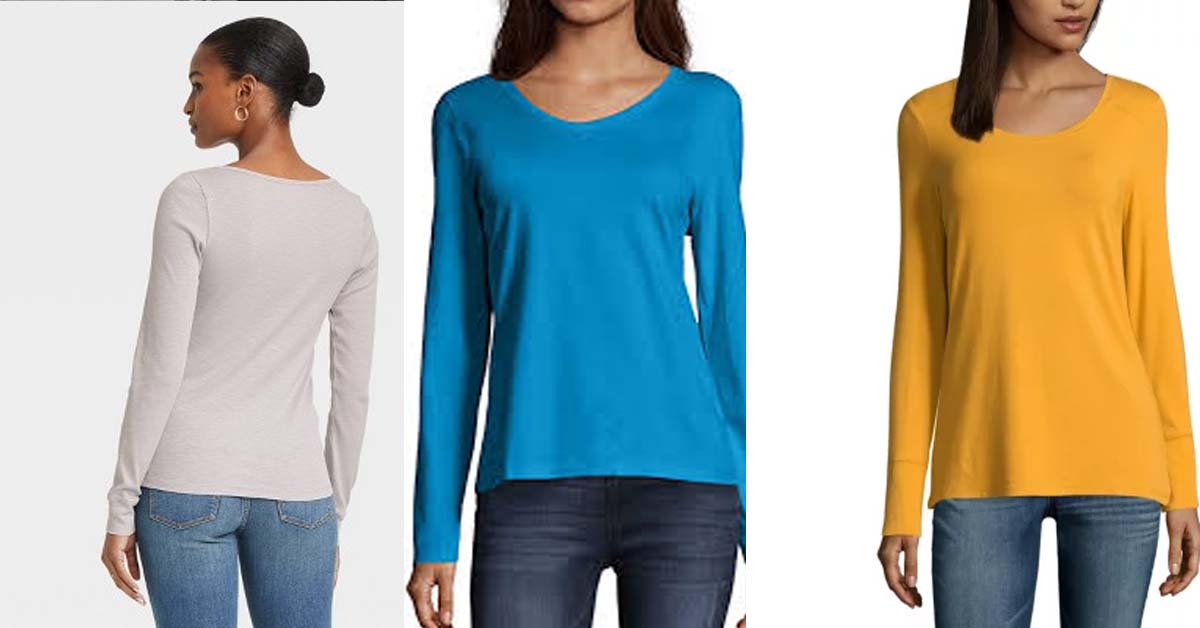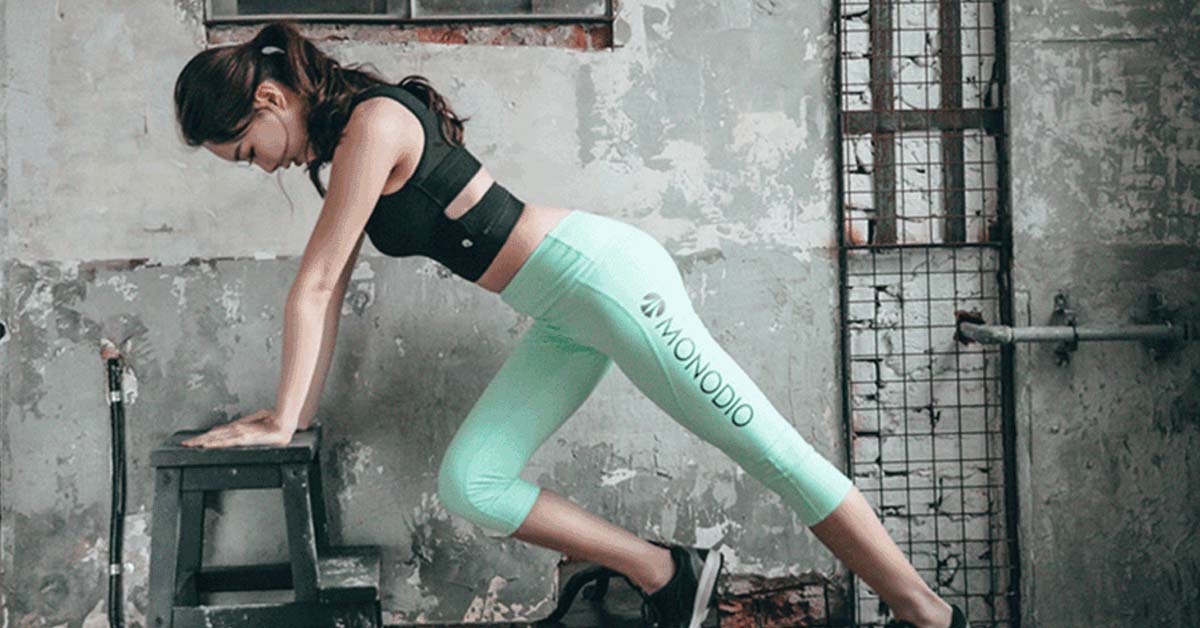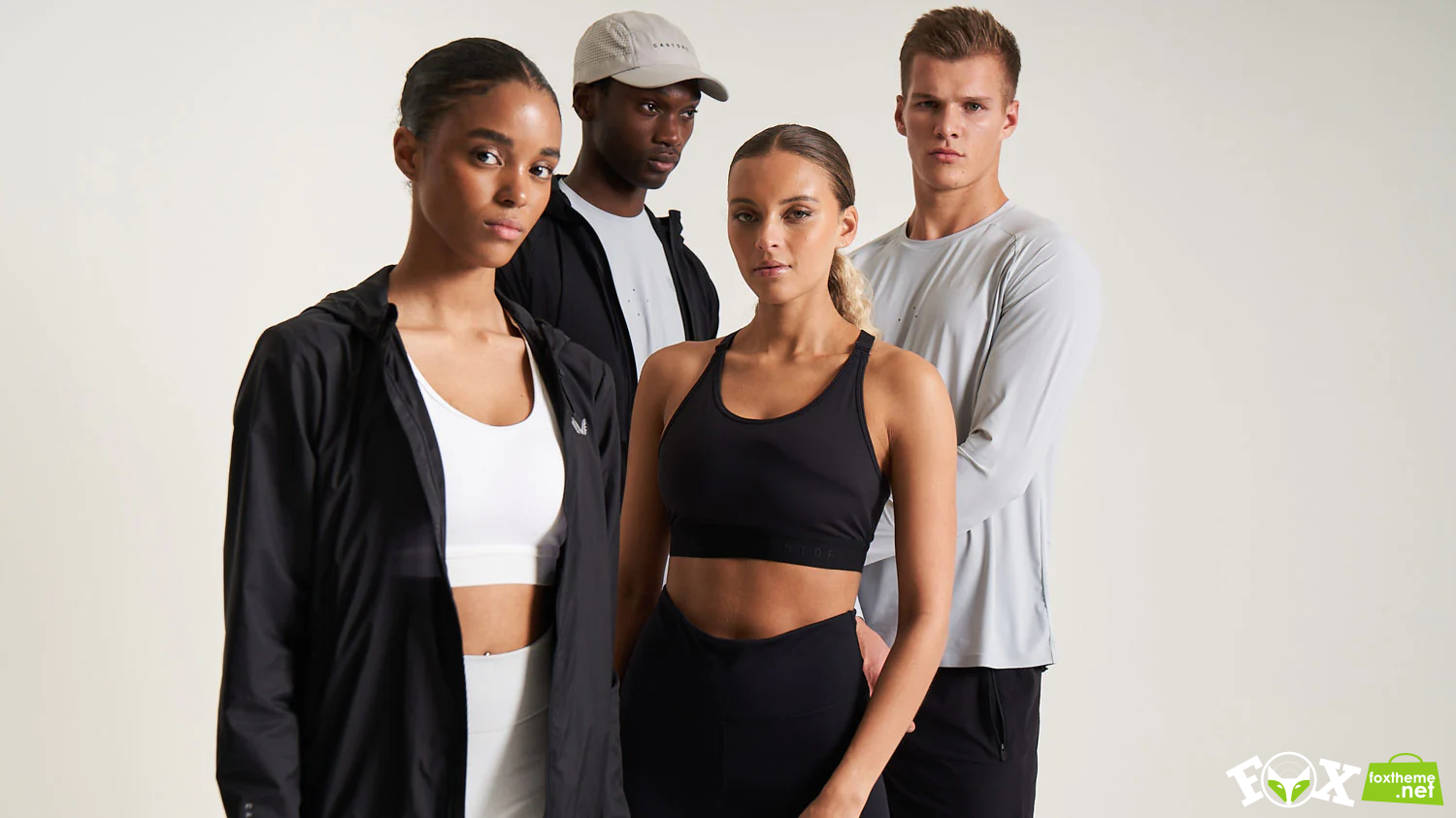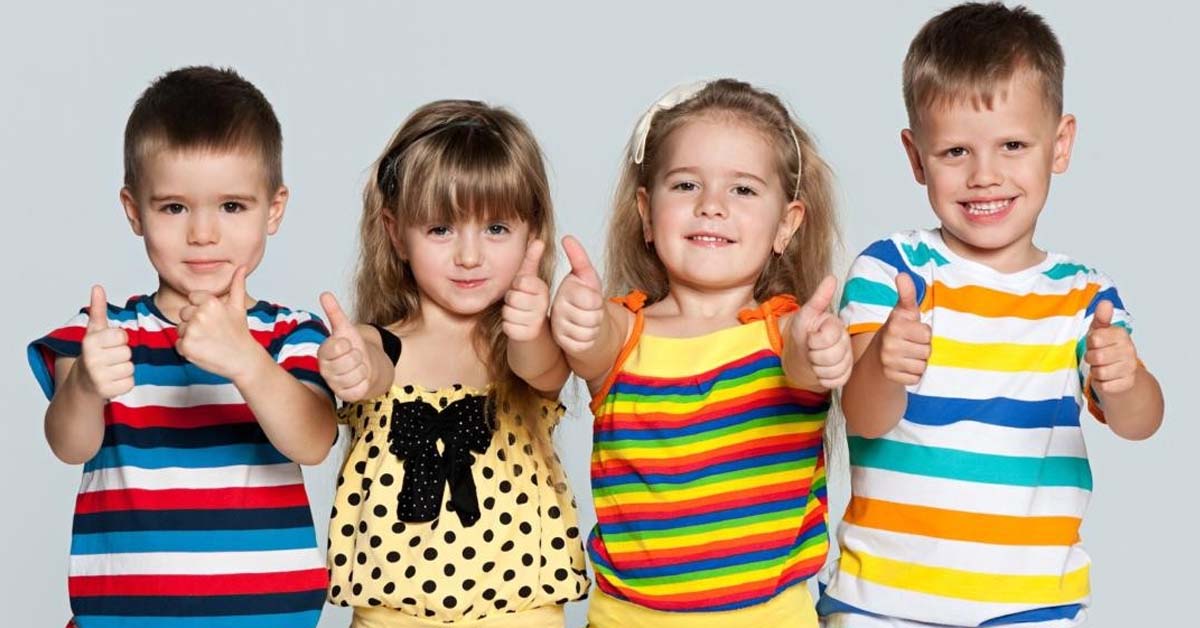
The Ultimate Guide For Working With A Children Clothing Manufacturer
A few years ago, parents might have thought about children’s fashion as a functional need. Stores and brands were offering a narrow range of style and quality to their young consumers. However, as the men’s and women’s fashion markets become saturated and the global socio-economic situation improves, the gap in kids’ fashion is being addressed and parents are spending more than ever on dressing their young ones.
This poses an exponential opportunity for brands to start opening categories for children and for entrepreneurs to aim at this gaping hole in the fashion industry. In this article, we will suggest some massive trends in the children’s clothing industry and give you some helpful tips on how to find and work with a children’s clothing manufacturer
Kids’ clothing has evolved from comfort dressing to fashion-forward. Designers are becoming more and more experimental when it comes to creating new trends for childrenswear. Here are some of the biggest trends that you should definitely think about incorporating into your own collection.
Bright colors
Although more neutral-colored options are being introduced to the children’s fashion category, nothing can go wrong with some splashes of vibrant colors. Many bright combinations of tones will be seen in babies’ wardrobes, such as bright red, coral, mint, yellow and blue.
Thematic and festive sets
Every kid in the world wants to become either a gorgeous Disney princess or a vigorous Marvel superhero. That’s why thematic or festive costumes never go out of style for our young fashion-holics. This specific type of children’s apparel requires you to update yourself on the most recent trends in the pop culture spectrum (for example, hot cartoons, movies, music, or new social media crazes). It’s important to note that although thematic and festive sets are going to be the rage, each trend only lasts for a short while and order quantities should always be taken into consideration.
Fun prints
You only have so little time to experiment with different and unusual looks, and children’s clothing brands jump at this chance to combine various interesting styles. This means that in the next year and years to follow, we will see popular prints like stripes, floral, geometric and abstract to dominate the kids’ fashion trends. We will also easily see a lot of exotic materials like metallic fabrics, tulle, sequins, ruffles, velvet, etc.
Family sets
The rise of social media and the popularity of the “mini-me” trend has led to products that mimic the grown-up lines. European and American brands like H&M and Zara have succeeded in replicating adult designs in smaller sizes for their children’s ranges.
Families can have a lot of fun matching each other with similar styles, colors and patterns for a cohesive family-friendly look. Popular sets during this “family dressing” trend are tracksuits, pajamas, and loungewear, which are even more welcomed during the Covid19 lockdown era.
How to start a children clothing brand
The practicality and market position associated with starting a kid clothing brand poses many opportunities for your business. Nonetheless, you must have all the basics ready before establishing your childrenswear line.
Read more: Essential Guide How To Work With Clothing Manufacturer
Choose a target audience
The kid fashion niche market is always evolving rapidly. You must decide on who is going to buy your designs and at what price, then carefully distinguish your customer segments. Another thing to pay attention to is that children are not the one who makes the purchasing decision. Although the young ones wear the clothes, you must appeal to their parents and grandparents so they are willing to buy your products for their offspring.
Produce a business plan
When working on your newly started business venture, some questions may pop up in your head:
- Which age groups should you focus on? Infants, toddlers, tweens, high schoolers, etc.?
- What pricing strategy to opt for? And what quality should you offer with each price range?
- Is your line considered fast or slow fashion?
- And dozens more.
This is where a detailed business plan can come in handy. Answers to these questions can create huge differences between your brand and your competitors. Market mapping is vital in helping you locate gaps in the market and your unique selling point. A business plan does not have to be precise from the start. Get your team together to carry out thorough research and brainstorm ideas. The smallest and most minimalistic ideas can prove to be a great start for entrepreneurial businesses. Here are some essentials to have in your company’s business plan:
- Market research (Consumer, Competitor and Company analyses)
- Production and operation management
- Marketing strategies
- Budget guidelines and financial capabilities
Having a business plan ready and reviewing it periodically are remarkably useful in giving you a realistic outlook on your project and a rough idea on how to achieve goals.
Come up with designs
It’s finally time to devise your brand image and designs. Your branding and products will be highly influenced by your target market. After studying the trends in styles and qualities carefully, draw up your sketches on paper or on digital assistant applications such as Adobe Illustrator, etc. You can always ask for inputs from your children clothing manufacturer since they definitely have had experience in creating, producing and examining the models. In the end, it’s your products that determine whether your business makes it or breaks it.
How to choose a children clothing manufacturer
Most of the time, the biggest challenge for startup companies with custom kids’ clothing lines is how to choose a wholesale clothing manufacturer that can be the perfect companion. You can most frequently find garment producers at industrial meetups and tradeshows or search them up on online directories. In this section, however, we will focus on how you can analyze and choose a perfect fit for your business needs.
Commitment is key
Baby clothing manufacturers often prefer collaborating with large fashion companies because usually bulk orders are financially secured. Startup brands are not high on the priority list. It is important to find a business partner that is committed to a long-term cooperation relationship rather than switching between different suppliers per order. A diligent producer who is dedicated to working with you far down the road can help you to save time and is crucial to the outcome of your business.
Experience and know-how
Newborn clothing brands have tight budgets and you cannot afford to have so many mistakes and errors, especially during the manufacturing process. Picking a children clothing manufacturer that has a vast amount of experience and know-how can help you reduce and prevent the risk of things going wrong. One great way to tell if one is a knowledgeable producer is to research his past clients and ask for reviews or recommendations on platforms like Facebook Groups or web forums.
Services fees and quality
Last but not least, consider the service quality plus professional and additional fees. Some manufacturers might be skilled experts in terms of the cuts and materials used for baby clothing, which is vastly different from adult fashion; however, the quality might be unpredictable if they do not have the right machinery or technology for your products. Test the water by asking for a sample or ordering a small quantity at first to try out the market. This allows you to have improvement and changes ready for later batches and future products while saving a great deal of time, money, and effort.
Remember to take additional services and total fees into account when choosing a suitable kids’ clothing manufacturer. Make the most out of the amount you are paying to your clothing producer. Your fees should consist of incredibly helpful customer support services like guidance, advice on your designs and suggestions for your business project.
How children clothes are made
Raw materials
Unlike adult garment, the production of baby clothing requires a wide range of materials, consisting of textiles, zippers, threads, and decorations. The selection of fabric is essential in manufacturing childrenswear because several standards must be fulfilled:
- Chemically safe
- Soft and comfortable on the skin
- Durable for each age group
- Breathable
- Easy to wash
Besides fabrics, a wide variety of other add-ons is also crucial. You as the owner of your brand or the manufacturer will have to make decisions on which type of lace, collar, pocket, ribbon, bow, or button to use among the endless array of materials.
Manufacturer
When initial steps are completed, manufacture is next on the list. Clothing production, including children garment production, is carried out through these several basic steps:
- Cutting
After having the patterns and fabrics ready, the producers will go ahead with the cutting stage. Samples are most frequently cut by hand while on the contrary, big orders are cut in bulk using some specialized machinery. Different fabrics cannot be cut at the same time or with one machine only because their thickness and composition can determine how they react to the blades.
- Sewing
The pieces are transported to sewing stations where seamstresses start laying out the sets and sewing them together. This is when you begin to see your designs coming to life. Multiple machines and operators will perform the task of sewing under the supervision of one coordinator.
- Decoration and finalization
The final step is to assemble all the pieces (like sleeves, collars or pant legs) together into a final finishing product. Other decorations like laces, buttons, bows, pockets or flowers can be attached after the garment goes through the molding process (which includes pressing, pleating and creasing) because they might be damaged by the heat and the pressure. Finished products are then gathered and divided into packs by size and type.
Quality control
For many clothing suppliers, quality control for kids’ fashion requires more care than adult lines because safety as well as appearance is highly crucial to young wearers. Operators practice quality control during the making of samples, the production process and even after products have been completed. It is vital that products are sent for modifications or rejected if there is any flaw detected. Equipment must be inspected periodically to ensure the safety and productivity of workers.
Delivery and selling
Finally, completed products are delivered to your destination of choice. Now, it comes down to how you sell it to your targeted customers. You can choose from a range of selling channels from offline (department stores, shopping malls, etc.) to online (Ecommerce platforms, social media, etc.). Don’t forget to stick to your business plan to make sure that you are staying on the right path.


